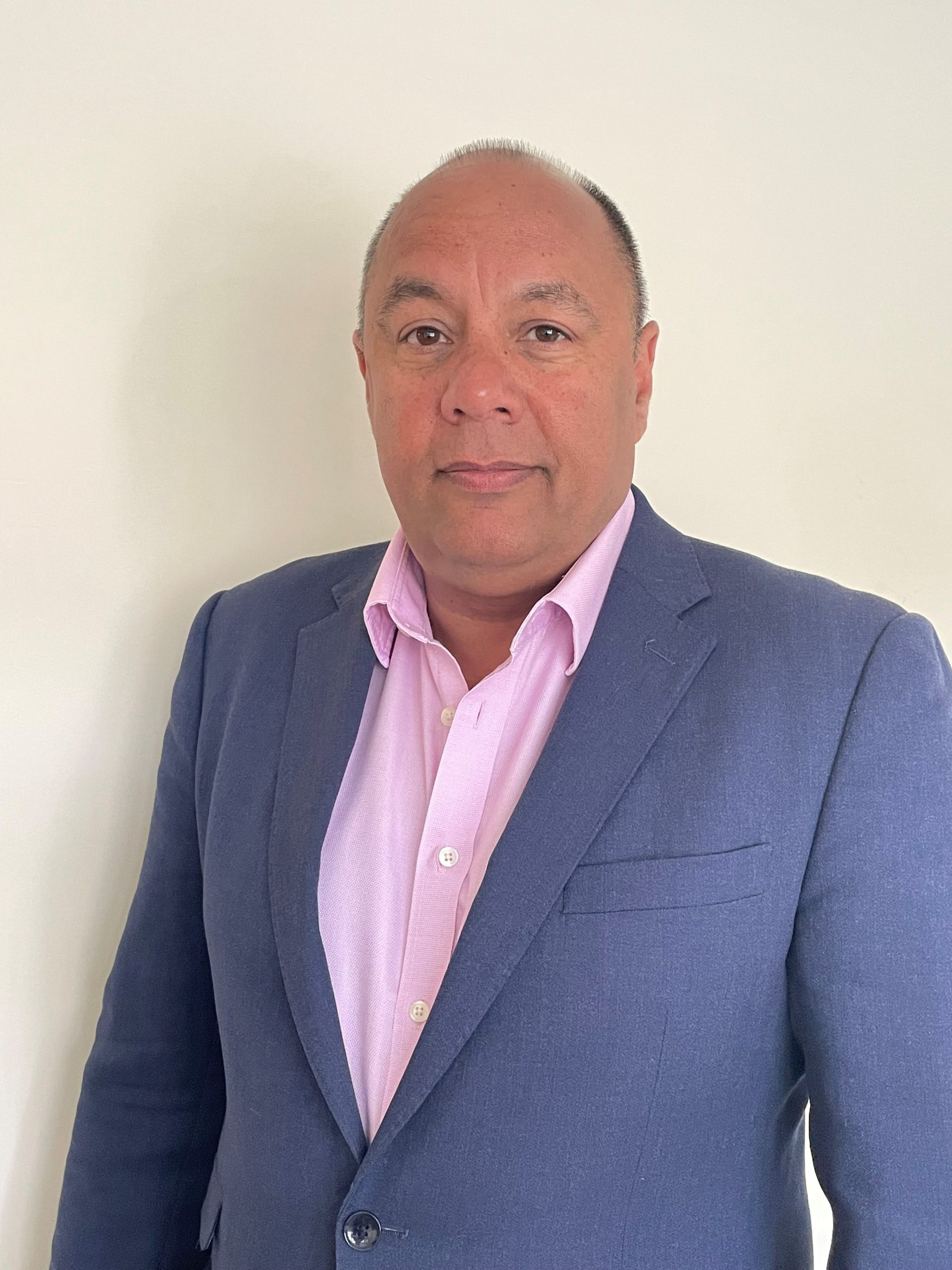
David Bell
Director, Global Sales, Intertrust UK and Ireland
In a time of flux, fund administration faces a major review of its approach to staffing, technology, outsourcing and resourcing
The early post-pandemic period could be a tipping point in fund management. Operating model changes prompted by the Covid crisis are likely to prompt extensive reviews of staffing, technology, risk and resourcing.
As our 2022 Future Private Capital CFO report shows, fund managers are keen to meet these new challenges with a mix of technology, recruitment and outsourcing.
But what’s the ideal management model? Where should the balance lie?
One thing we know for certain is that business won’t go back to how things were before 2020 – and that’s as true in fund management as anywhere.
How Covid changed outsourcing vs in-house
Covid changed how we work and how many of us want to work. When organisations switched to remote working almost overnight, it proved it was possible to keep operations running. But it also brought new challenges and considerations for fund managers.
For a start, a talent shortage evident even before Covid has been exacerbated by the realignment of attitudes and priorities known as the Great Resignation.
This could have a significant impact on firms’ plans to grow in-house teams. And while staff shortages affect every department, the situation is particularly noticeable in IT.
The pandemic has also changed how organisations think about everything from office space to business continuity.
Is hybrid work the future? If so, what becomes of the traditional office? What resources should it house? Is outsourcing the answer?
Post-Covid, disaster recovery is less about physical location and more about cloud computing, data security and remote access.
All of this has huge implications as fund managers contemplate the challenges ahead.
A confluence of pressures
These post-pandemic realities are surfacing at an already challenging time for fund management teams.
For a start, funds are growing and moving into new asset classes. Our report shows that fund CFOs are optimistic that growth will continue for at least two years. Diversified portfolios will fuel the fire.
That’s great, but fund growth, along with the emergence of more complex asset blends, add to the pressure on back and middle offices.
And funds already face calls for more in-depth and regular data reporting.
Investors want to go deeper into underlying portfolio performance. Limited partners (LPs) want transparency over fees and costs.
And the trend is only going one way in terms of regulatory oversight, with Environmental, Social and Governance (ESG) criteria a case point.
Fund managers are expected to collate complex sustainability data from diverse sources, and present it in a way that satisfies both regulators’ and investors’ demands for transparency and compliance.
Those demands will only increase.
Resourcing in a volatile world
Clearly fund managers need help and our research shows they know it. They’re racing to create management models that meet their changing needs.
Covid has only made that harder. Resourcing is a trickier balancing act when firms are reconsidering ways of working.
Recruitment, management time and retention costs increase when talent is in high demand.
New technology is an obvious way to create efficiencies and potentially lower costs. But it isn’t a magic bullet and there are questions to answer first:
- Do you have the resources to maintain and update new systems and platforms?
- Will they scale?
- Can they integrate your wider ecosystem of partners?
- Will that still be true a few years down the line?
In challenging circumstances, fund managers rightly feel everything is up for review. There might not be a perfect model – it’s all about working out the best balance of resources for you.
Outsourcing and in-house resources: getting the balance right
For many fund managers, day-to-day fund administration can be a distraction from their core purpose of generating returns.
These complex challenges are prompting new thinking and a new openness to different ways of doing things.
More fund managers recognise that expanding in-house resources and outsourcing more functions is not a binary choice.
Growth, regulation and investor demand – coupled with post-pandemic realities – mean many firms have to do both.
In a time of flux, partnering with a provider that can bring cost-effective security, scalability and compliance to back-office operations should at least be part of the conversation.
Why Intertrust Group?
- As a strategic partner, we offer a full-spectrum service tailored to meet all back-office needs throughout the lifecycle of a private capital fund. This is against a background of ever-increasing reporting demands.
- Our proprietary innovative technologies are combined with global knowledge and experience to deliver added-value services for all asset classes, while increasing manager visibility of portfolios on behalf of a fund’s investors.
- Our expert teams harness tools and cutting-edge technologies to eliminate costly errors in fund administration and corporate actions, investor relations and portfolio management.
- Intertrust Group is a publicly listed company with 70 years’ experience in providing world-class trust and corporate services to clients around the world.